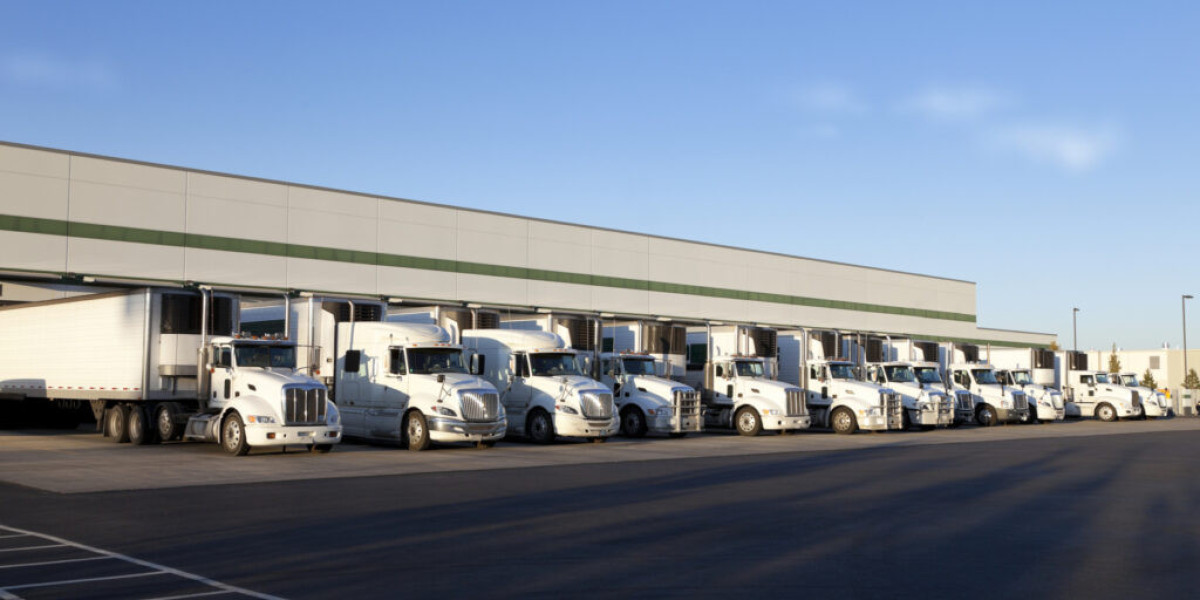Warehouses are central to supply chains, storing valuable inventory, machinery, and sensitive data. Because of their role in business continuity and their exposure to high-risk threats such as theft, vandalism, and internal fraud, Warehouse Security is not just a precaution—it’s a necessity. A well-structured security plan ensures that warehouses remain safe, efficient, and resilient against disruptions.
Why Warehouse Security Is Critical
Warehouses often hold millions in goods, raw materials, and proprietary equipment. Without proper security, they are vulnerable to:
Theft (external or internal)
Vandalism or property damage
Fire hazards and environmental incidents
Unauthorized access
Safety violations leading to liability or injury
In addition to physical threats, warehouses may also be subject to cyber risks, particularly with the rise of automated systems and inventory management technologies.
Key Components of Warehouse Security
1. Perimeter Defense
Strong physical boundaries like high-security fencing, reinforced gates, and controlled entry points are essential. Access to the facility should be limited and monitored 24/7.
2. CCTV Surveillance Systems
A high-definition surveillance network allows you to monitor all areas in real time, including:
Loading docks
Entry and exit points
Storage aisles and shelves
Parking lots and perimeters
Advanced systems offer features like motion detection, night vision, remote access, and AI analytics for suspicious activity recognition.
3. Access Control Systems
Limit access to sensitive areas using:
Keycard or biometric systems
PIN code entry
License plate recognition for delivery vehicles
Visitor logs and time tracking
This ensures only authorized staff can enter specific zones, reducing the risk of theft and unauthorized activity.
4. Security Personnel
On-site guards serve as a visible deterrent and can respond immediately to incidents. Trained security officers also assist with package checks, employee screenings, and after-hours patrols.
5. Inventory Management Integration
Modern inventory systems can be integrated with security protocols to track stock movement in real time. RFID tags, barcode scanners, and real-time dashboards reduce discrepancies and detect theft or loss early.
6. Lighting and Visibility
Adequate lighting in outdoor and indoor areas helps prevent blind spots and improves camera visibility, especially in loading and shipping zones.
7. Alarm and Sensor Systems
Install motion sensors, door/window alarms, glass-break detectors, and smoke/fire alarms. These should be connected to a centralized alert system or monitoring center.
8. Cybersecurity Measures
Protect warehouse management systems, IoT devices, and digital infrastructure with:
Firewalls and antivirus software
Encrypted networks
Multi-factor authentication
Routine cybersecurity audits
Best Practices for Warehouse Security
Conduct Regular Security Audits: Assess vulnerabilities and upgrade outdated systems.
Train Employees on Security Protocols: Educate staff about identifying suspicious activity and responding to emergencies.
Limit Access to Sensitive Information: Only give data and system access to trusted personnel.
Implement a Visitor Management System: Track all non-employees entering the premises.
Establish Emergency Response Plans: Prepare for fire, natural disasters, break-ins, or medical incidents.
Benefits of a Robust Warehouse Security System
Loss Prevention: Stops theft, shrinkage, and damage to goods.
Employee Safety: Creates a secure environment for staff to work.
Operational Continuity: Reduces the chance of disruptions and downtime.
Lower Insurance Costs: Proper security can lead to premium reductions.
Audit and Compliance: Helps meet safety and regulatory standards for inspections.
Industry Applications
Retail and E-Commerce: Protects inventory before fulfillment.
Manufacturing: Secures raw materials and finished goods.
Pharmaceuticals: Maintains chain-of-custody for sensitive medical products.
Automotive: Monitors high-value parts and components.
Food and Beverage: Ensures safety and freshness through environment-controlled storage.
Conclusion
Securing a warehouse is more than just locking the doors—it requires a layered, proactive approach combining technology, physical barriers, trained personnel, and constant monitoring. A comprehensive Warehouse Security strategy not only protects assets but also ensures smooth operations, enhances employee safety, and reinforces customer trust. As warehousing grows more complex, investing in smart, scalable security solutions is key to long-term business success.







